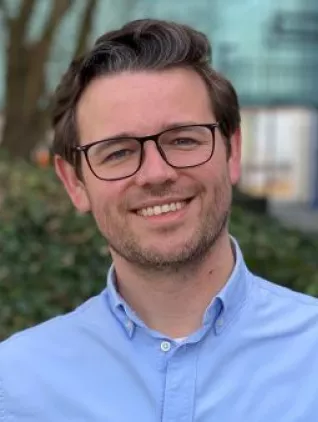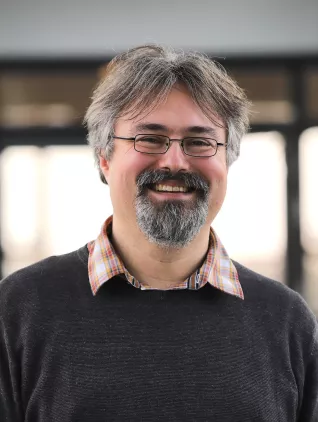MobilCharta5
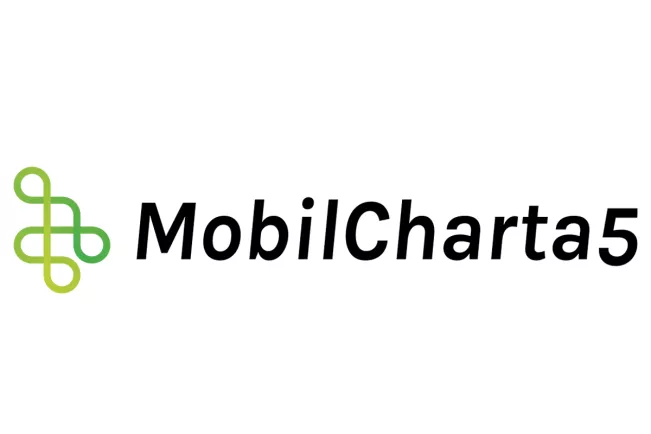
Research project at a glance

Departments and Instituts
Funding type
Period
01.08.2021 to 31.07.2024
Project Description
The aim of the project is to develop an innovative, sustainable, land-saving, climate-protecting and environmentally friendly mobility system (continuous, barrier-free and safe means of transport). The project area stretches in a tangential brace starting from Hennef (area DB station with connection: Cologne, Bonn: mobility hub A) via the towns of Neunkirchen (portal mobile station) and Seelscheid (portal mobile station) to Overath (area DB station with connection Cologne, Gummersbach: mobility hub B). The communities of Much and Ruppichteroth further to the east will be connected to this spange. The intended attractiveness of the project idea should trigger a rethinking and a change in the mobility behavior of the citizens towards a significantly increased or partly exclusive use of the environmental alliance and help to secure individual mobility as well as quality of life and to make traffic movements more sustainable. In particular, the cities and municipalities in the project area can thus make an active contribution to reducing CO2 emissions and particulate matter pollution at the local and regional level by avoiding traffic and contribute to achieving the climate targets. Thus, the project does not monocausally serve one field of action (mobility), but has a positive integrating effect on other fields of action (especially environment, climate, CO2 savings, housing, social/individual needs, etc.).
In the first funding phase, intensive basic research was carried out with the help of various forms of participation. In order to achieve a change in thinking and action in rural areas, it is not only necessary to expand public transport services, but also to promote acceptance of public transport. Flexible offers as well as private forms of organization must also be considered and meaningfully linked with other forms of transportation. At the end of Phase I, possible visions for the future were developed in comparative scenarios, particularly with regard to the expected population growth and changes in the population structure, and considered in terms of their economic, ecological and social effects. A wide variety of stakeholders from civil society, administrations and municipal transport associations worked together in this phase and shaped the process in a participatory manner. In this phase, the results are to be prototypically developed and tested in cooperation with the Bonn-Rhein-Sieg University of Applied Sciences in order to gain further insights into the effects of multimodal applications of the mobility system and to evaluate them. A combination of communication strategy and workshop series is planned here. The project aims in particular to show which processes are necessary for a rethinking of mobility behavior and how raising people's awareness of new technologies and ultimately the acceptance of sustainable mobility systems can work.
Research associates
Cooperation partners
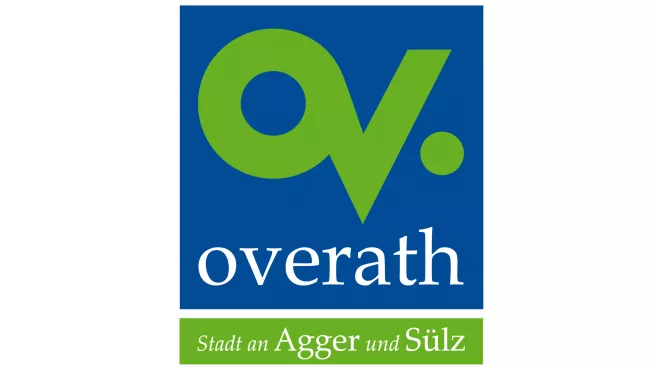
Sponsors
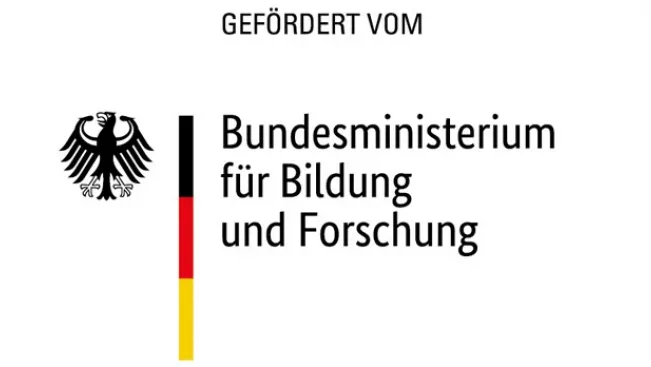
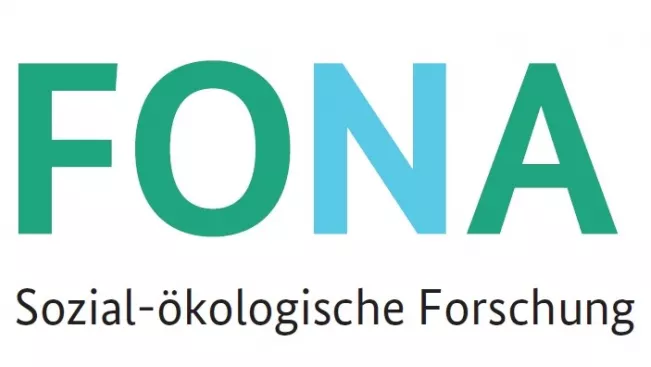
Links
Further links
